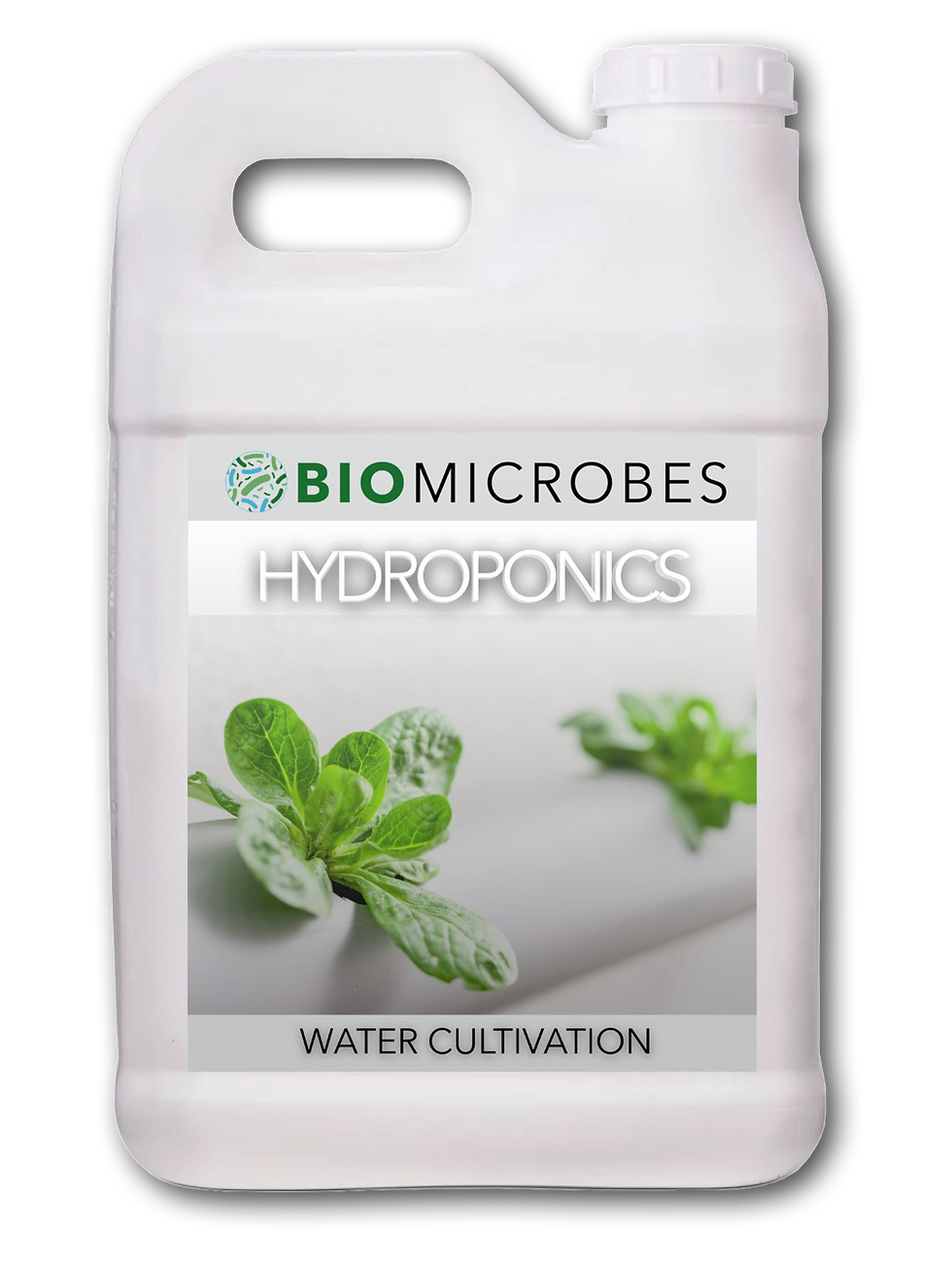Bacillus Biostimulant: A Vital Player in the Rhizosphere
- Marco Breekweg

- May 28
- 2 min read
Updated: 7 days ago
A bacillus biostimulant helps establish a beneficial microbial presence on the rhizoplane, supporting nutrient availability, root hair density and stress moderation. In well‑run programs this can translate into steadier growth, earlier harvests and higher marketable yield — when combined with good agronomy and label‑directed application.
Note: outcomes are system‑ and context‑dependent. Track trends over time rather than chasing a single number.

How a Bacillus Biostimulant Works in the Rhizosphere
Bacillus spp. are robust colonizers of the root surface. They form endospores for stability and produce enzymes and organic acids that help mobilize nutrients. In the rhizosphere, these actions support consistent uptake and a healthy micro‑environment around roots.
Enzymatic breakdown of organic residues → steady mineralization.
Organic acids → P solubilization; chelation/ligands aid micronutrient availability.
Signaling and priming → supports tolerance to heat, salinity and drought.
Nutrient Cycling: Mineralization, Solubilization & NUE
A bacillus biostimulant contributes to nutrient use efficiency (NUE) by keeping N, P and key micros available. The effect is most visible when carbon inputs, moisture and pH are within crop targets.
Root Architecture: Root Hair Density & Early Vigor
mproved root hair density increases the soil volume explored and stabilizes uptake. Growers often observe better early vigor and more uniform growth patterns when programs are maintained.
Resilience: Abiotic Stress Moderation in Practice
By shaping the rhizosphere’s micro‑environment, bacillus programs can help crops cope with heat, salinity or transient drought stress within standard fertigation schedules.
How to Use a Bacillus Biostimulant (Step-by-Step)
Start at establishment: dose after fertilizers; avoid strong oxidizers in the same tank.
Maintain cadence: repeat aligned with irrigation events or per label.
Monitor & adapt: track EC/pH, root hair density and crop uniformity.
Mixing Order & Compatibility for a Bacillus Biostimulant
Add microbial inputs after base fertilizers; separate in time from line/rez cleaners (peroxide, PAA). For detailed rates and timing, see our Label & Dosage page.
Related Biomicrobes products

Biomicrobes 08: Bacillus consortium — ≥10^9 CFU/ml per strain (at manufacture); NUE, rooting & crop uniformity in soil/substrate systems.

Biomicrobes Hydroponics: Hydro-ready microbial program to support root health and nutrient stability in NFT, DWC and drip.
FAQ
Is a bacillus biostimulant a fertilizer or a pesticide?
Neither. It supports the biological environment around roots. Always follow the product label and local regulations.
Can I use it with oxidizers or acid rinses?
Do not combine in the same tank. If used, apply cleaners outside the microbial dosing window and flush before re‑introducing the product.
How soon can I expect to see effects?
Vigor and rooting can improve within 7–14 days; structural and yield outcomes build over weeks to months with consistent programs.



Comments